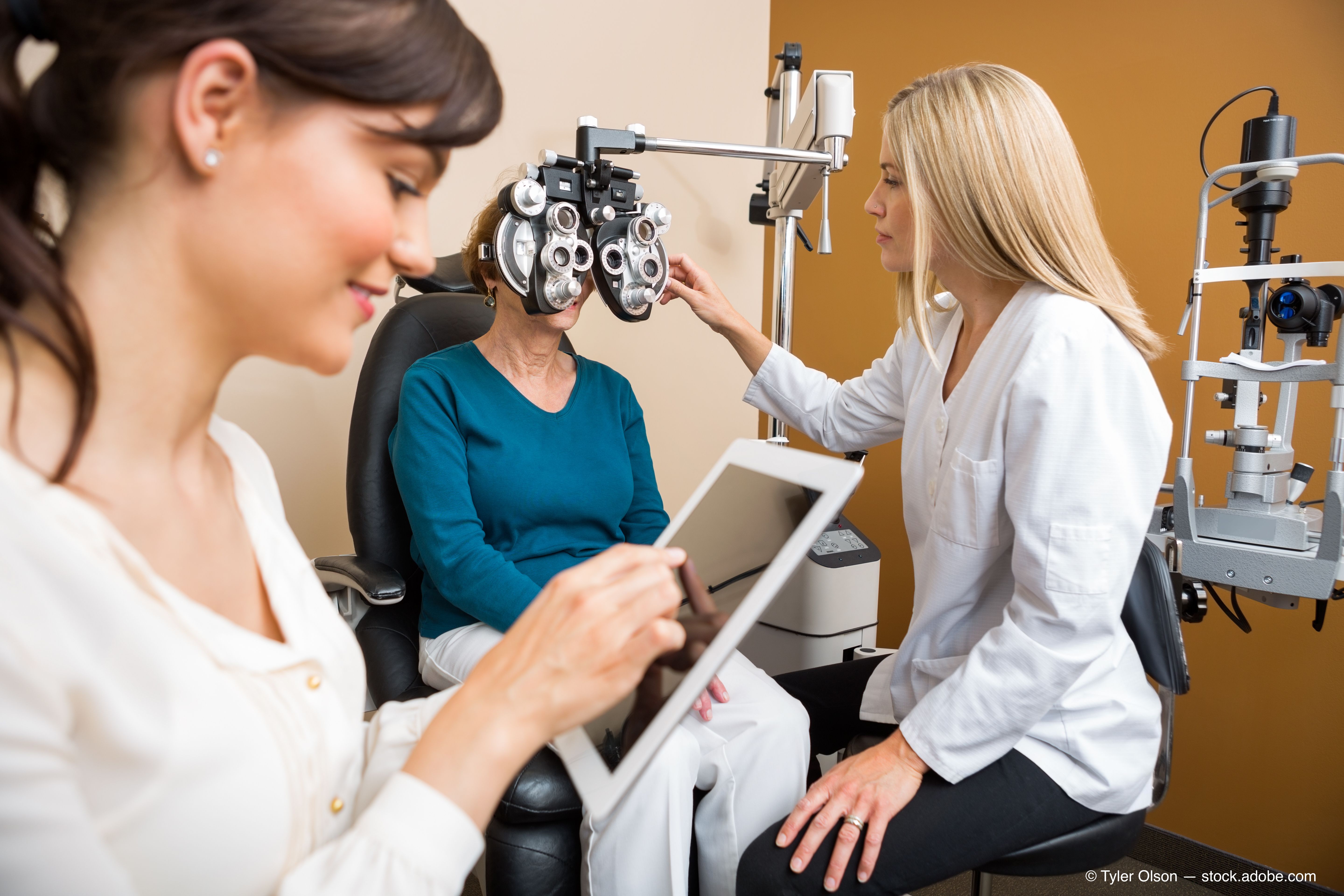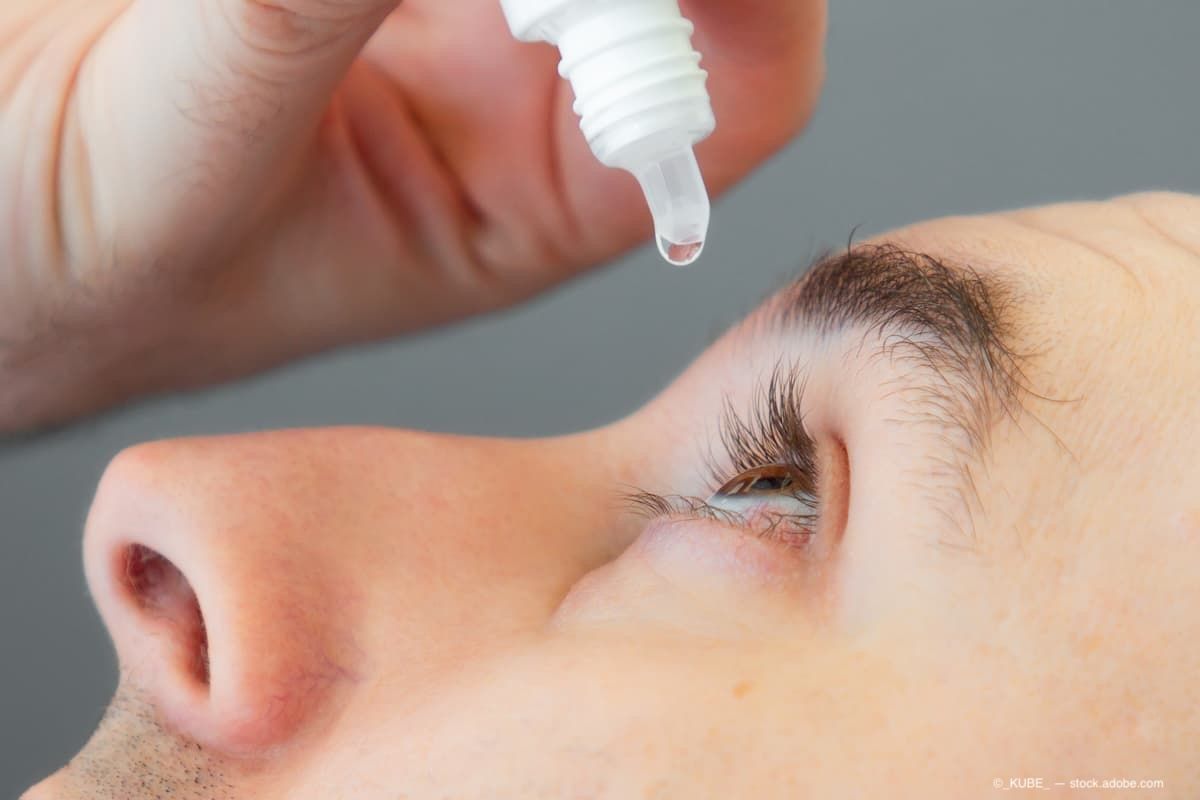Article
Pulsing or probing for MGD: How current devices compare
Author(s):

There are a few technologies available today for the treatment of the meibomian glands in dry eye disease. Long-term data on probing and pulsing devices are needed to determine superiority.
This article was reviewed by Joanne Shen, MD
A few technologies are currently available to facilitate pulsing or probing of the meibomian glands in dry eye disease. While each has advantages and disadvantages, current data are lacking to arrive at definitive conclusions about any particular technology, according to Joanne Shen, MD.
Dr. Shen is assistant professor of ophthalmology, Mayo Clinic College of Medicine, Scottsdale, AZ.
Vectored thermal pulsation (VTP) (Lipiflow, Johnson and Johnson), which begins with instillation of a topical anesthetic, then possible manual exfoliation of the eyelid margins, and followed by automated expression of the glands with actuators; there are no steps required after the procedure.
Related: Diagnostic tools can put causes of dry eye disease in focus
Intense pulsed light (IPL) devices (Quadra Q4 Platinum Series, Dermamed; and M22, Lumenis) are FDA labeled for treatment of rosacea. Treatment for dry eye in the setting of rosacea begins with installation of a topical anesthetic and shielding of the eyes from exposure to IPL.
Two passes of IPL placement are performed from tragus to tragus over the cheeks. With M22, the upper lids can be treated with a smaller handpiece. This is followed by manual expression using cotton-tipped swabs or specialized forceps. After the procedure, a nonsteroidal anti-inflammatory drug or a steroid may be used for two days.
Intraductal probing (IDP) (MGI probes, Katena) requires instillation of compounded topical 8% lidocaine in jojoba oil. The first step of the procedure is use of 1- to 6-millimeter blunt tip probes for intraductal placement followed by manual expression and possibly an intraductal steroid injection. After the treatment, topical steroids are administered, Dr. Shen said.
The obvious question is which method is better for treating obstructive meibomian gland disease.
Related: Understanding the expanding role of IPL in dry eye disease
VTP evaluations
A literature search disclosed seven studies of VTP, including five prospective randomized controlled studies and two prospective controlled studies. They were carried out nationally and internationally. In the groups that randomized VTP against other lid-warming techniques, such as hot and warm compresses, and other devices, one compared VTP with doxycycline twice daily. Dr. Shen pointed out that the average follow-up of the studies was one to 12 months.
“In the Lipiflow groups, symptoms improved and the meibomian glands yielded liquid secretions,” she said. “However, the atrophy of the glands seen on meibography did not change.”
Related: Exploring the reversibility of meibomian gland atrophy
IPL studies
IPL was evaluated in one prospective randomized controlled study and five prospective controlled studies, all international trials. Three studies evaluated IPL only without expression versus controls, and the rest looked at IPL with meibomian gland expression versus expression only.
According to Dr. Shen, all of the studies reported that the symptoms and the tear break-up times improved.
“One recent study found that the tear inflammatory markers decreased,” she said. “Another study found that the meibomian gland structure improved as seen by confocal microscopy, but there was no such improvement in the overall meibomian gland atrophy.”
Dr. Shen also noted that there was no consistent improvement in the Demodex mites with IPL.
Related: Determining where thermal pulsation and IPL therapy meet
Another IPL study from late 2019 reported on another indication for IPL plus MGX for moderate to severe blepharokeratoconjunctivitis (BKC). The 32 patients had been pretreated with steroids and antibiotics. One month later, 21 patients opted to undergo M22 IPL plus MGX sessions and 11 patients chose MGX only (controls). The investigators reported no recurrences of BKC in the treated group, while two of the controls (18.2%) had a recurrence during the four-month study.
The ocular surface disease index improved in both groups. The meibomian gland expression and meibum quality improved in the treatment group over the control group; however, the treatment group had significantly less meibomian gland atrophy, Dr. Shen pointed out.
Related: Lid hygiene devices improves meibomian gland dysfunction, blepharitis
IDP trials
Only two prospective controlled studies and three prospective case series were identified in the literature search. One prospective controlled study compared fluorometholone with fluorometholone plus probing, and another study compared conventional therapy comprised of lid hygiene, warm compresses, omega 3 fatty acids, topical ciprofloxacin, and oral azithromycin versus conventional therapy with probing.
“Both studies showed a higher level of improvement in the meibum quality and a faster expression rate. However, by the end of the studies the symptoms improved equally in both groups,” Dr. Shen commented.
A comparison of pulsing and probing therapies will factor in the patients’ physical limitations. The limitation of the VTP device is its one-size-fits-all actuator, which is a drawback in patients with tight or floppy eyelids.
When using IPL with MGX expression, the devices cannot treat patients with deeply pigmented skin or those with active skin lesions; another concern is partial eyelash loss.
Related: Impact of MGD treatment on keratometry
During IDP, 8% lidocaine is required for patient comfort.
Limitations of the studies discussed include relatively short follow-up times, which for VTP is out to 12 months, for IPL-MGX nine months, and for IDP three and six months.
According to Dr. Shen, the Cornea, External Disease and Refractive Society (CEDARS) and American Society of Cataract and Refractive Surgery protocols recommend both pulsing and probing. The Tear Film and Ocular Surface Society Dry Eye Workshop II recommends pulsing only.
“For VTP and IPL, the controlled studies show significant improvement in dry eye parameters compared to conventional treatment,” she said. “However, the cohort size is small, the follow-up short, and the IPL studies have substantial Asian cohorts.”
Related: 3 questions patients always ask about thermal pulsation therapy
Conclusion
Dr. Shen concluded that IDP controlled studies showed no endpoint treatment advantage versus conventional treatment at three months in two trials.
“No comparison studies were identified,” she said. “I would like to see VTP compared with IPL or MGX, IPL compared with IDP, and IDP compared with expression alone. There are no current data to determine which technology is most effective or safest, and long-term data are needed including monitoring of meibomian gland atrophy.”
Read more by Lynda Charters
Joanne Shen, MD
E: shen.joanne@mayo.edu
Dr. Shen has no financial interest in any aspect of this report.





